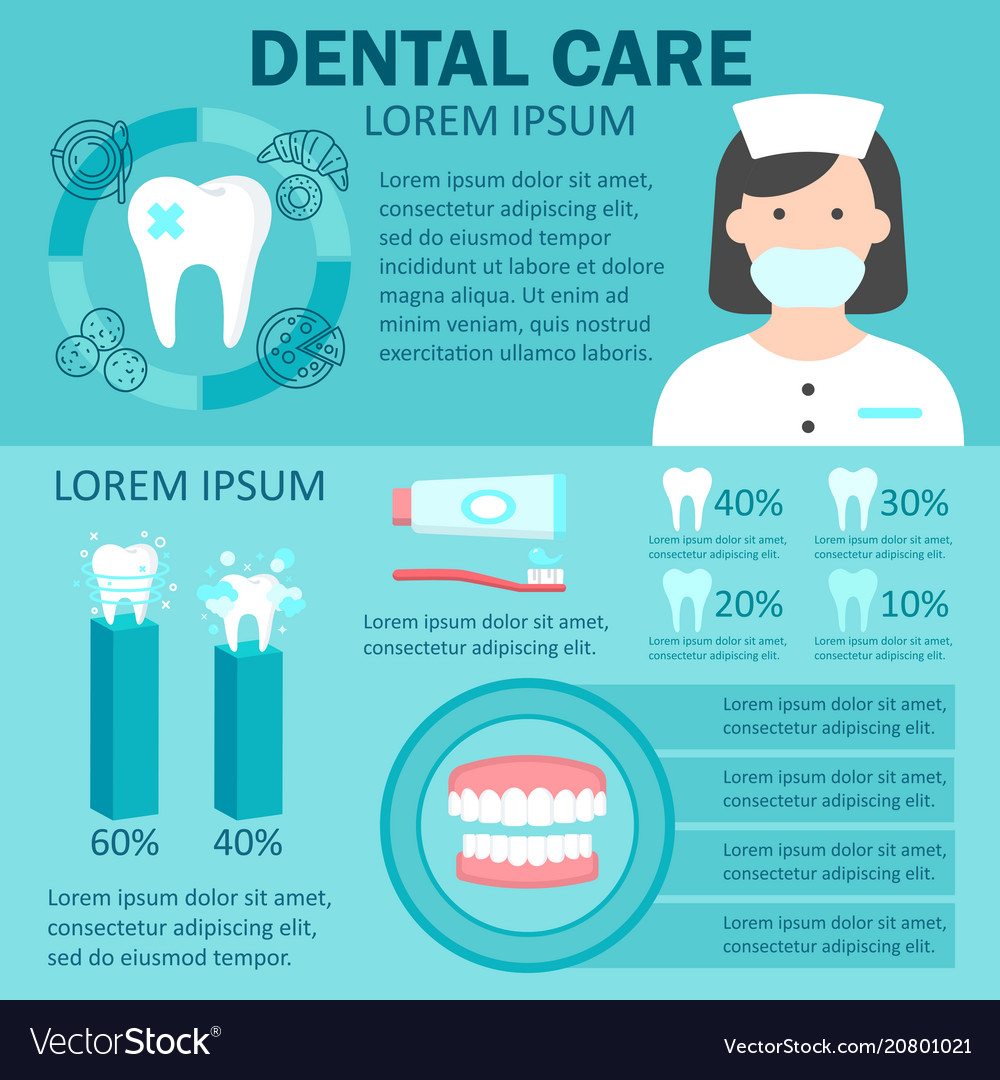A Comprehensive Analysis Of Invisalign And Typical Braces: A Comparison
A Comprehensive Analysis Of Invisalign And Typical Braces: A Comparison
Blog Article
Content Created By-Ring Mogensen
When confronted with the choice between Invisalign and traditional braces, you might ask yourself which choice aligns far better with your way of living and choices. The choice involves more than just the aesthetic appeal; it looks into variables like therapy duration, convenience, and long-term oral health impacts. Take into consideration the influence each alternative may have on your day-to-day routine and confidence. As we check out the detailed comparison, you'll get insights right into the nuances that make these orthodontic treatments unique and find which one may be the better suitable for you.
Materials and Construction
When contrasting Invisalign to conventional braces, the products and building differ significantly. Invisalign contains clear, smooth plastic aligners tailor-made to fit your teeth. These aligners are basically unseen, making them a prominent option for those seeking a more very discreet orthodontic therapy.
On just click the following web page , typical dental braces entail steel brackets that are glued to your teeth. These brackets are then attached by cables and elastic band, applying pressure to gradually change your teeth into the desired position.
The construction of Invisalign aligners allows for an extra comfy fit compared to typical dental braces. The smooth plastic material reduces inflammation to your cheeks and periodontals, which is an usual problem with metal braces and wires. In addition, Invisalign aligners are detachable, making it easier to brush and floss your teeth with no blockages.
On the other hand, typical braces are repaired onto your teeth, requiring added care and time for proper maintenance.
Maintenance and Oral Hygiene
The upkeep and dental health techniques differ between Invisalign and traditional dental braces as a result of their unique design and building and construction.
With Invisalign, you can get rid of the aligners when consuming or cleaning your teeth, allowing you to preserve your routine dental hygiene regimen with no obstructions. It's essential to comb your teeth after eating prior to putting the aligners back on protect against food bits from obtaining caught and creating decay.
On the other hand, standard dental braces need added focus to keep your teeth clean. dentist for pediatric near me can quickly get stuck in the braces and wires, bring about plaque build-up and potential dental cavity. You'll need to use special tools like interdental brushes or floss threaders to tidy in between the wires and brackets properly.
Routine dental check-ups and cleanings are important to guarantee that your dental health remains in leading problem while using traditional braces.
Presence and Aesthetic appeal
Exposure and looks play a substantial duty in the comparison in between Invisalign and typical dental braces. When it comes to look, Invisalign supplies a clear advantage over standard braces. Invisalign aligners are practically invisible, making them a preferred choice for those that favor an extra very discreet orthodontic treatment choice.
Unlike the visible steel brackets and cables of conventional braces, Invisalign aligners are transparent and assimilate with your all-natural teeth, allowing you to smile confidently throughout your treatment.
Conventional dental braces, on the other hand, are extra obvious due to their metal components. While some may opt for vivid bands to customize their dental braces, others might really feel uneasy regarding the visibility of these orthodontic devices. see this of typical dental braces can occasionally affect an individual's self-worth, particularly for adults in expert settings.
Conclusion
In conclusion, when picking in between Invisalign and traditional braces, consider your way of life and choices. Invisalign offers a discreet and comfortable choice with very easy upkeep, while conventional dental braces offer vivid personalization however might impact self-worth.
Inevitably, the choice should be based upon what jobs best for you in regards to visual appeals, ease, and comfort. Ensure to seek advice from your orthodontist to figure out the most suitable therapy for your private needs.
